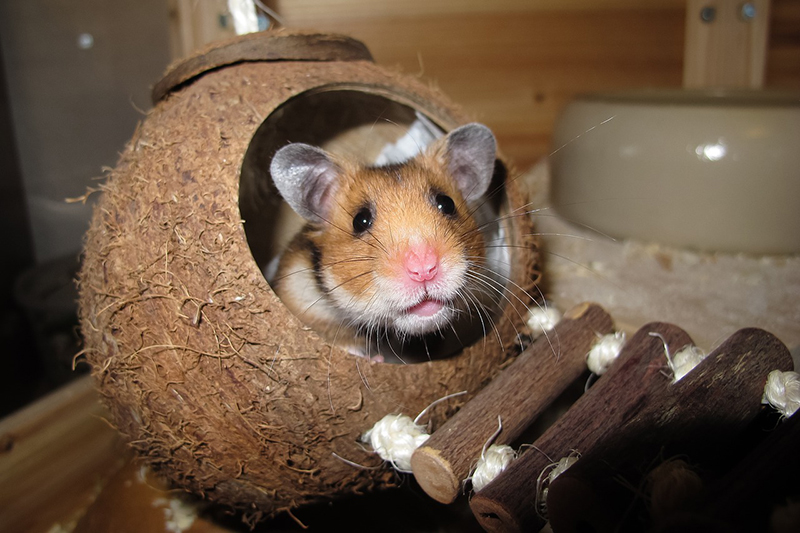Unraveling the Origin of the Syrian Hamster
Author: Source:
 The Syrian hamster (Mesocricetus auratus), also known as the golden hamster or teddy bear hamster, has captured the hearts of millions worldwide with its adorable appearance and gentle demeanor. This small, furry creature is a popular choice for pet owners, but not many are aware of its fascinating history and origins. In this article, we embark on a journey through time to unravel the origins of the Syrian hamster, shedding light on its natural habitat, domestication, and spread across the globe.
The Syrian hamster (Mesocricetus auratus), also known as the golden hamster or teddy bear hamster, has captured the hearts of millions worldwide with its adorable appearance and gentle demeanor. This small, furry creature is a popular choice for pet owners, but not many are aware of its fascinating history and origins. In this article, we embark on a journey through time to unravel the origins of the Syrian hamster, shedding light on its natural habitat, domestication, and spread across the globe.
Discovery and Initial Observations:
The first recorded encounter with the Syrian hamster can be attributed to George Robert Waterhouse, a British zoologist, who discovered the species in Aleppo, Syria, in 1839. He collected specimens and sent them to the British Museum for further examination. Later, in 1930, a scientific expedition led by Israel Aharoni gathered additional samples, which led to the realization that the Syrian hamster could be a potential pet and research animal.
Domestication:
The domestication of Syrian hamsters can be attributed to two main figures: Israel Aharoni, the aforementioned biologist, and a zoologist named Dr. Aharoni Yarom. In the late 1930s, Aharoni Yarom and his team succeeded in capturing a female hamster and her litter from Aleppo, Syria. They brought them back to the Hebrew University of Jerusalem for further study. However, during a power outage, the mother was killed, leaving the researchers to hand-rear the pups.The remaining hamsters later formed the foundation of the domesticated Syrian hamster lineage.
Spread across the Globe:
The popularity of Syrian hamsters as pets and research animals began to spread across the globe in the 1940s. British zoologist, William C. Osman Hill, received some of these hamsters from Aharoni Yarom in Jerusalem and introduced them to the scientific community in the United Kingdom. From there, the Syrian hamster gained significant attention in Europe and beyond.In 1948, Albert Duffaut, a Swiss zoologist, acquired several pairs of Syrian hamsters from a breeding colony in France and introduced them to Switzerland.
The breeding success in Switzerland led to further global distribution, reaching the United States in 1938, where they became increasingly popular as pets.

